
We stopped between Pismo Beach and Shell Beach on our way up on Friday.
| 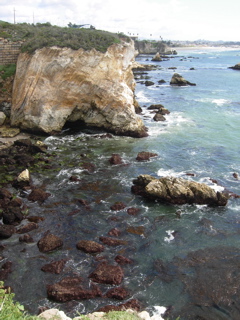
Image Caption
| 
Image Caption
|
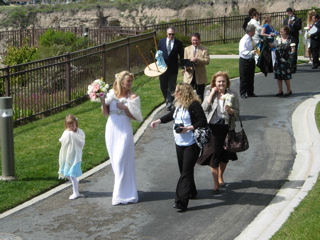
The trail to the beach is in front of the Shelter Cove Best Western Motel
| 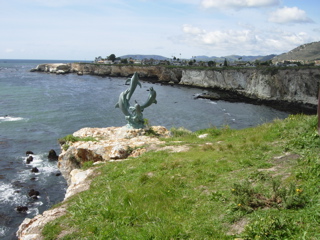
The view north from the bluff in front of the motel
| 
Shelter Cove is around the corner on the right.
|
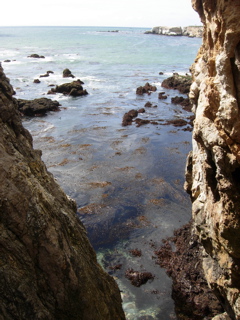
View from the trail down to the beach
| 
The kelp here was mostly Macrocystis pyrifera
| 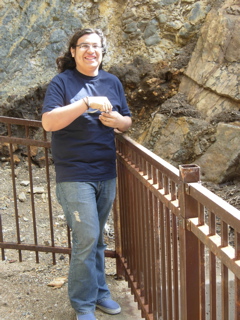
Eric
|
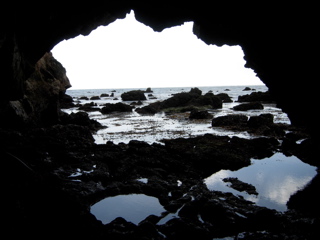
The sea cave at the south end of Shelter Cove has an interesting assemblage of species that are not found out in the open.
| 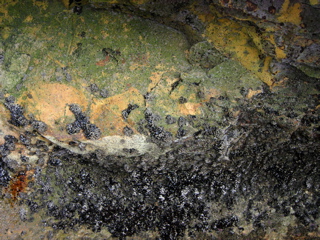
Rock wall inside the sea cave
| 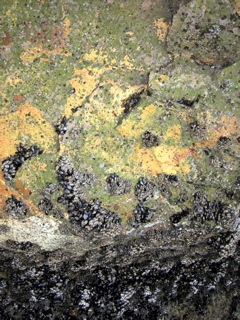
Image Caption
|

Tidepool within the sea cave; the anemones are mostly Anthopleura xanthogrammica, but the four anemones in the lower right are A. sola, with radiating lines on the oral disk.
| 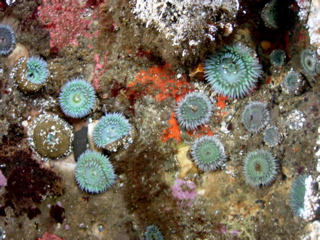
Image Caption
| 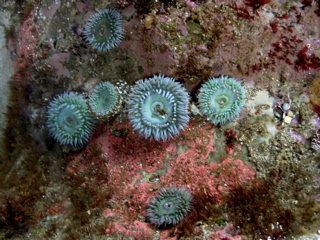
Image Caption
|
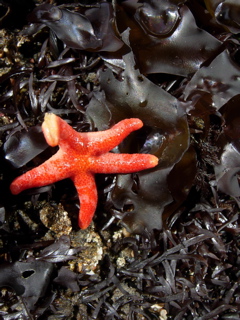
This and the other seastars in the coming images are Henricia n. sp. (D. Eernisse & M. Strathmann, manuscript). It typically has small size and broods its embryos until they emerge as crawl-away juveniles. We have long called it the "mottled brooder." Shelter Cove is as far south as I have seen it in California, but I have found it in the intertidal of a relatively cool upwelling-dominated localities in northern Baja California. In the north, it probably extends up to SE Alaska.
| 
Image Caption
| 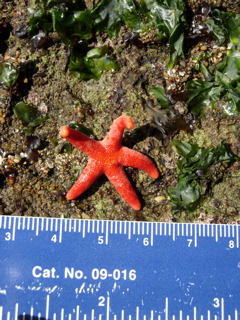
Image Caption
|

Image Caption
| 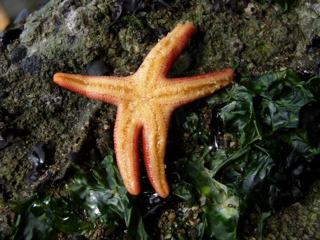
Oral side - this genus of seastars often feeds on sponges.
| 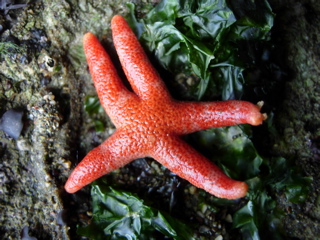
Image Caption
|
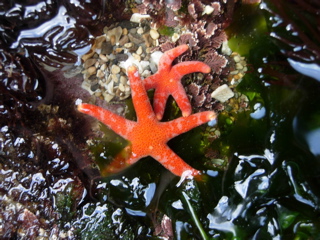
The mottled brooder underwater
| 
Mopalia hindsii was very common in the sea cave.
| 
Anthopleura sola (sunburst anemone) |

Anthopleura sola
| 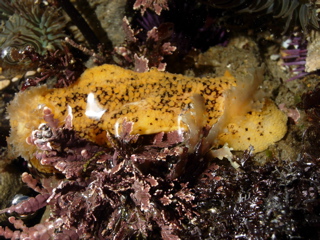
The sea lemon, Peltadoris nobilis (formerly Anisodoris nobilis), is similar to other similar species with which it co-occurs.
See: 1 - 2 - 3
- 4
| 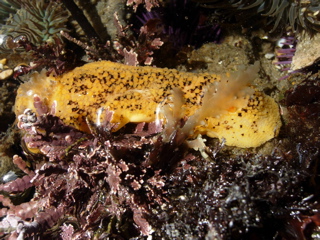
P. nobilis |
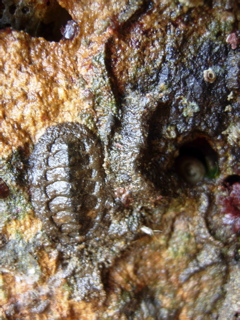
Mopalia hindsii
| 
Archidoris montereyensis is a sponge feeder.
| 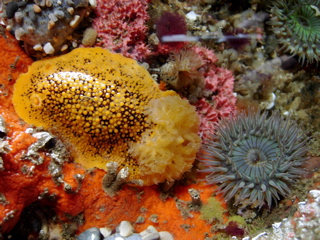
A. montereyensis next to an anemone, Anthopleura sola.
|
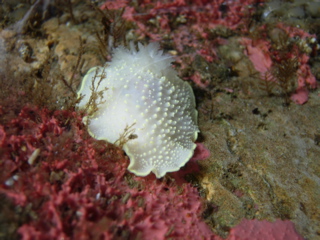
Cadlina luteomarginata
| 
Ally helped me find tiny chitons!
| 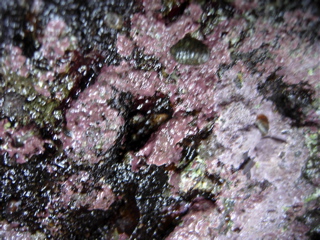
Cyanoplax caverna Eernisse 1986 is on the roof of this sea cave. There is one that is about 6mm length in the upper middle of the image -- most were way back in mostly inaccessible depressions. I studied the reproduction of this small chiton and found that it was a simultaneous hermaphrodite that broods its embryos along side of its foot until the larvae are able to crawl away next to their mom.
|
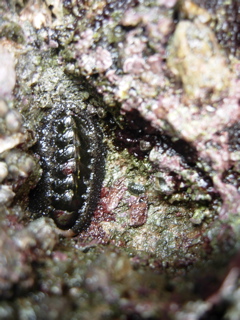
Nuttallina californica, with a much smaller Cyanoplax caverna next to it on the right.
| 
Mopalia hindsii
| 
M. hindsii (oops--I guess this is the same image as the last one) |

N. californica
| 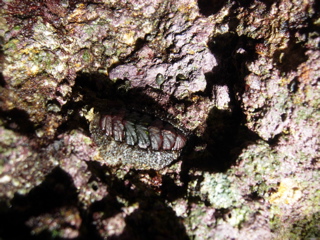
N. californica
| 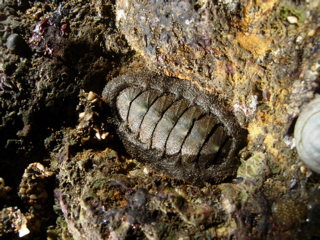
M. hindsii |
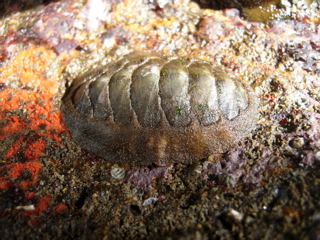
M. hindsii
| 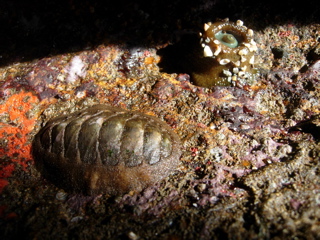
M. hindsii
| 
<M. hindsii with two whelks, one with a large slipper limpet (Garnotia adunca; formerly known as Crepidula adunca)
|
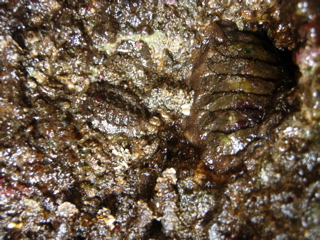
M. hindsii
| 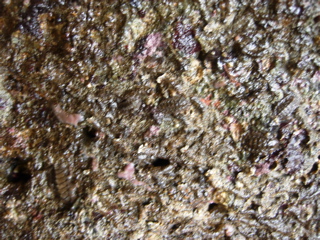
Dozens of M. hindsii
| 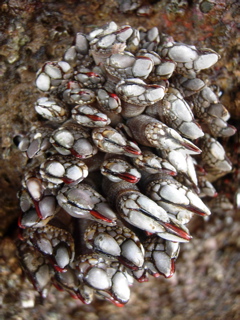
Pollicipes polymerus - note that gooseneck barnacles in sea caves typically have red lips, I think considered to be reflect its microhabitat rather than any genetic separation. |
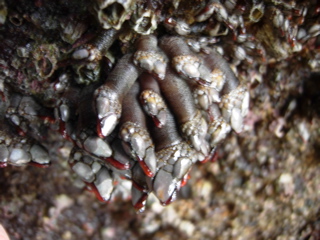
Image Caption
| 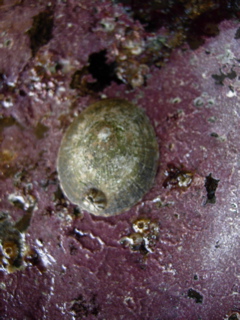
Lottia scutum (plate limpet)
| 
Cyanoplax caverna in lower left |
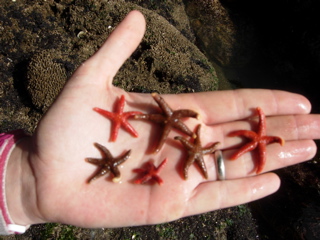
The mottled brooder (Henricia n. sp.)
| 
Image Caption
| 
Image Caption
|
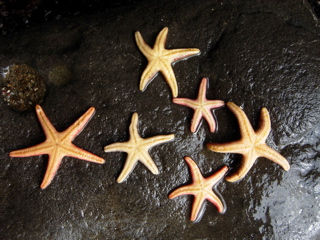
Image Caption
| 
Image Caption
| 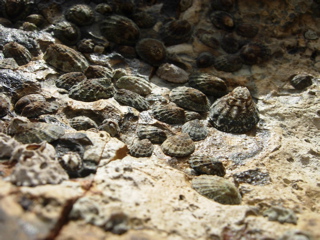
Finger limpets (either Lottia austrodigitalis or L. digitalis) |

Image Caption
| 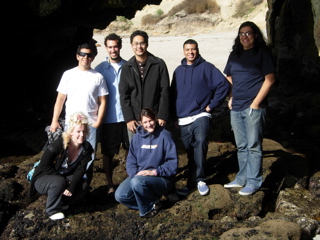
Image Caption
| 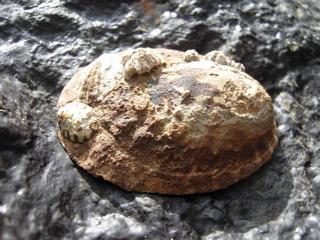
Owl limpet (Lottia gigantea) |
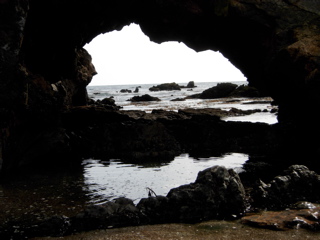
Image Caption
| 
Arriving at the University of California Kenneth Norris Rancho Marino Reserve in Cambria
| 
Image Caption
|

We regularly saw many deer near our campsite, as many as over 30 at one time.
| 
Image Caption
| 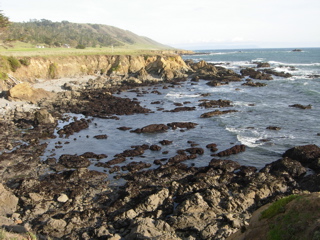
Image Caption
|
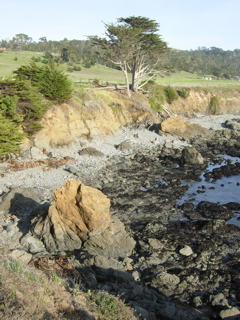
Image Caption
| 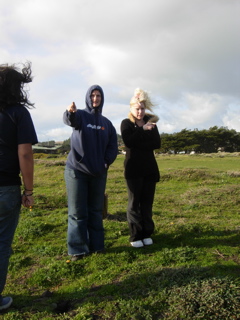
Image Caption
| 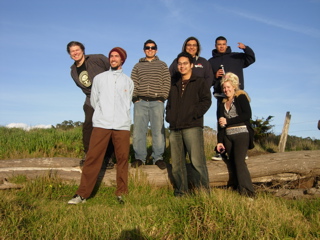
Image Caption
|

Image Caption
| 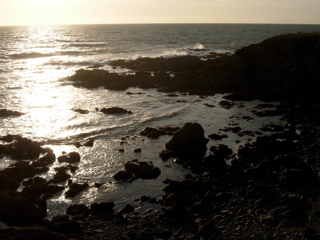
Image Caption
| 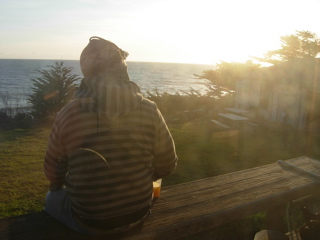
Image Caption
|

Image Caption
| 
Image Caption
| 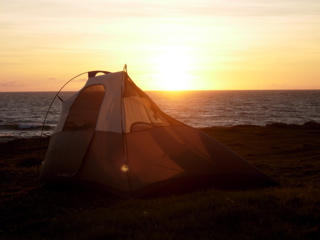
Image Caption
|
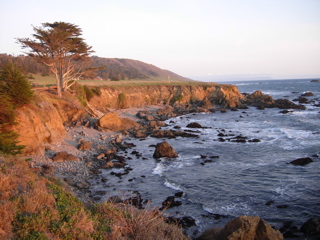
Image Caption
| 
Image Caption
| 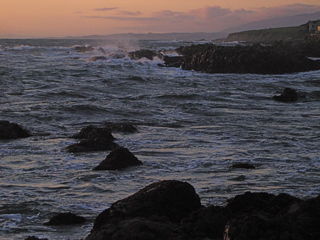
Image Caption
|
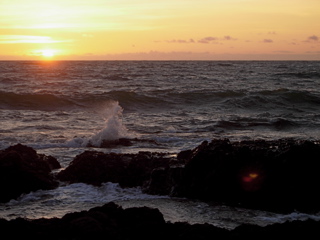
Image Caption
| 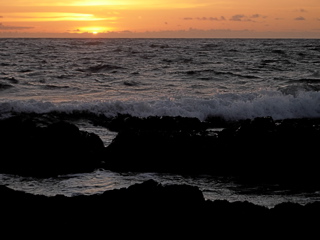
Image Caption
| 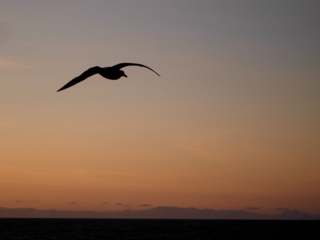
Image Caption
|
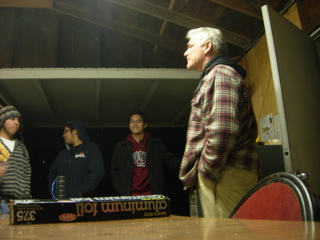
Reserve Manager, Don, gives us an orientation to the Reserve and ongoing research.
| 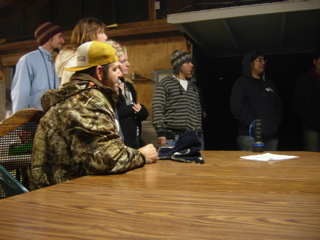
Image Caption
| 
Image Caption
|

Image Caption
| 
Image Caption
| 
Image Caption
|

Image Caption
| 
Image Caption
| 
Master grill chef, Nick, with Diego looking full.
|

Image Caption
| 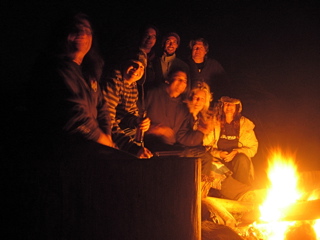
Image Caption
| 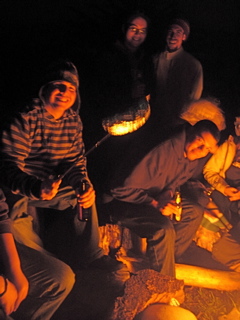
Image Caption
|
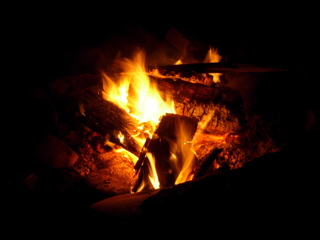
Image Caption
| 
Image Caption
| 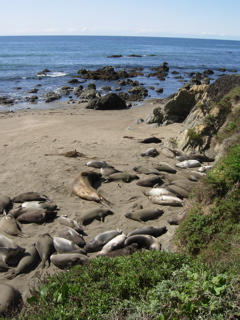
We visited the elephant seals near San Simeon.
|
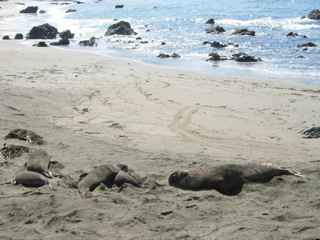
Image Caption
| 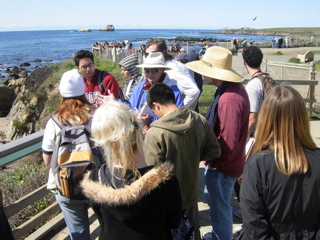
Image Caption
| 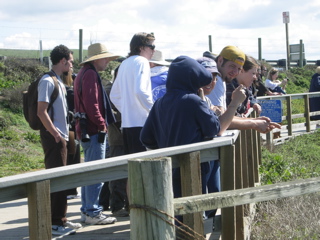
Image Caption
|

Image Caption
| 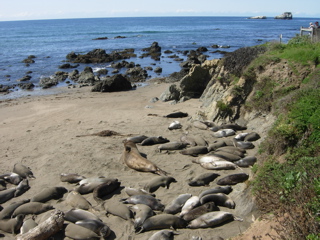
Mostly there were pups, undergoing their "quick molt" and soon needing to learn to swim on their own. Over 400 pups were born this season.
| 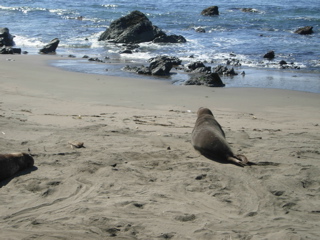
Image Caption
|
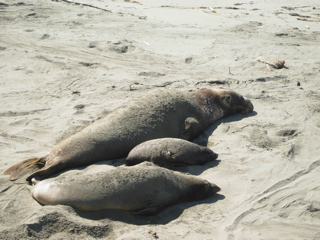
Some females remained, which helps explain why there were some bulls still around.
| 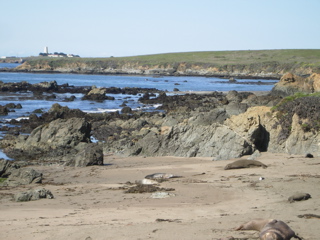
Image Caption
| 
Image Caption
|
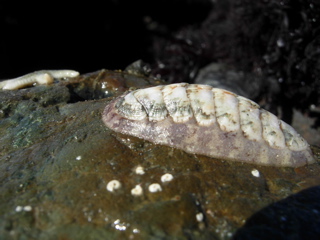
Stenoplax heathiana (Heath's chiton)
| 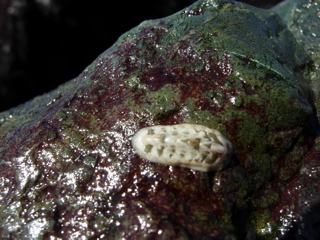
S. heathiana juvenile
| 
Shell plates from a Mopalia lignosa, probably eaten by a seastar because the shells were still together. |
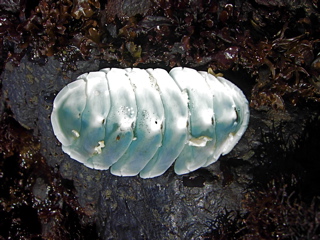
Ventral side of M. lignosa shell plates
| 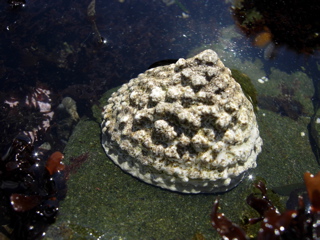
Acmaea mitra (duncecap limpet) overgrown with bleached coralline algae
| 
This is a larger than normal bottle cap -- this was a very large A. mitra. |
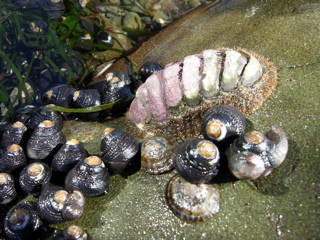
Image Caption
| 
Tonicella lokii (southern lined chiton)
| 
Mopalia lignosa (L) and T. lokii (R) |
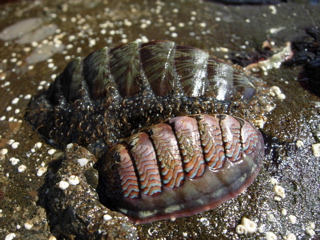
Image Caption
| 
Carnivorous chiton, Placiphorella velata, is an ambush predator -- it raises its expanded anterior girdle "hood" and quickly slams it down when a prey item such as a small amphipod swims by.
| 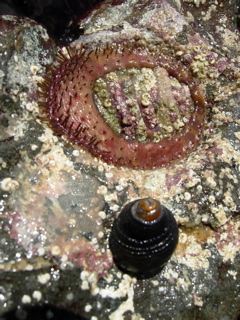
The snail in front is Chlorostoma funebralis (black turban snail) |
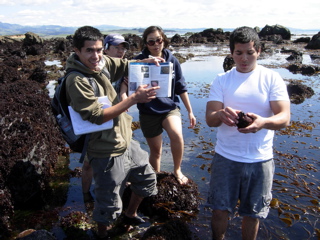
Image Caption
| 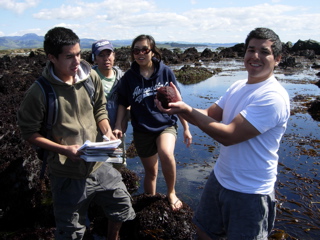
Image Caption
| 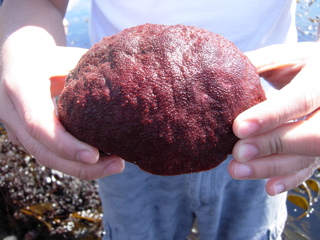
Cryptochiton stelleri (gumboot chiton) is the world's largest chiton species -- we saw perhaps 10 altogether, which is more than normal.
|

Image Caption
| 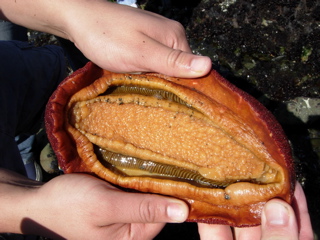
Image Caption
| 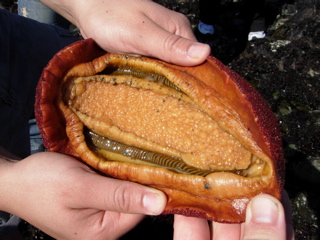
Image Caption
|

Image Caption
| 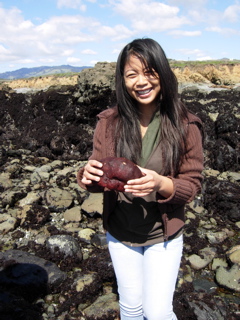
Image Caption
| 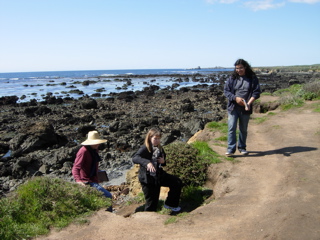
Image Caption
|
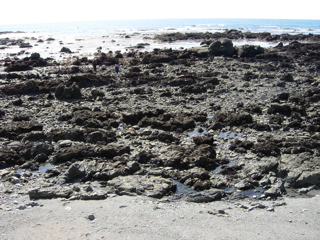
Image Caption
| 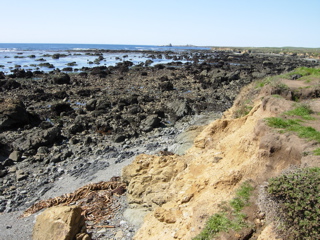
Image Caption
| 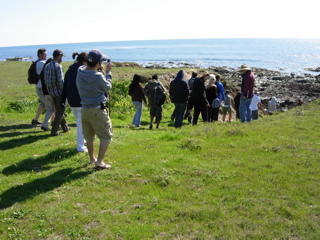
Image Caption
|
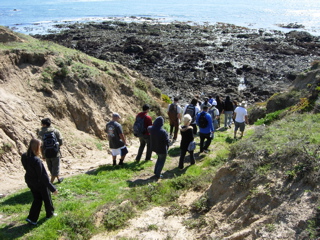
Image Caption
| 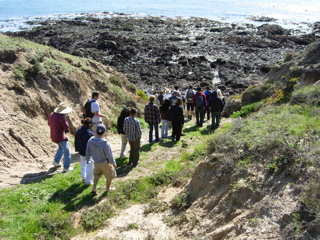
Image Caption
| 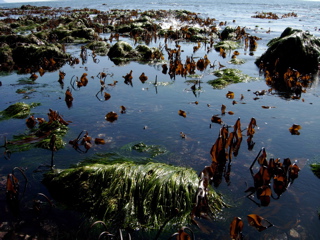
Image Caption
|

Laminaria and surfgrass exposed by low tide.
| 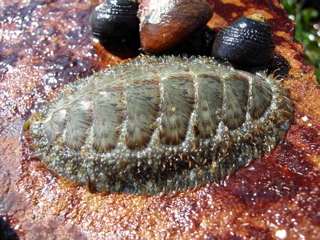
Mopalia lignosa (woody chiton)
| 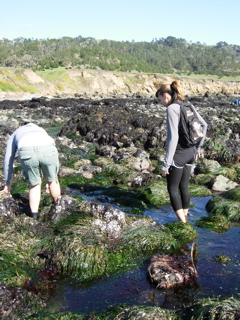
Image Caption
|
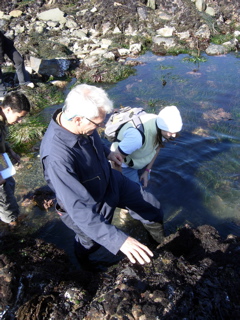
Image Caption
| 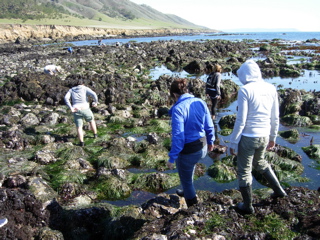
Image Caption
| 
Lepidozona cooperi (Cooper's chiton) |
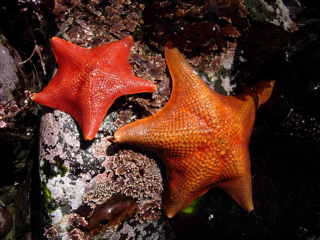
Patiria miniata (bat star)
| 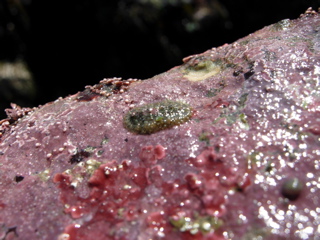
Mopalia unidentified (juvenile)
| 
Image Caption
|
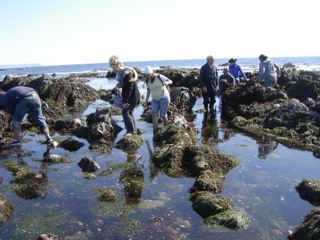
Image Caption
| 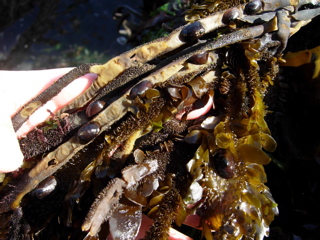
Especially dense Lottia insessa (kelp limpet) on its kelp host, Egregia menziesii (feather boa kelp)
| 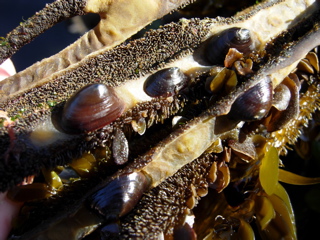
Image Caption
|
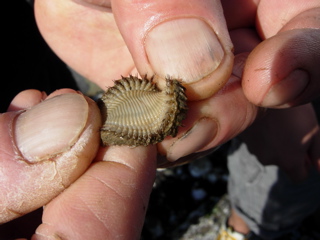
Sea mouse (Aphrodita sp.) is a polychaete annelid.
| 
A small sunflower star (Pycnopodia helianthoides)
| 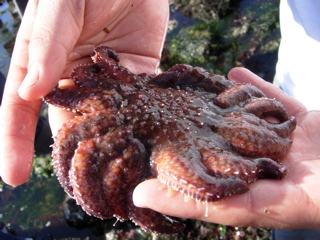
Sunflower stars are voracious predators.
|
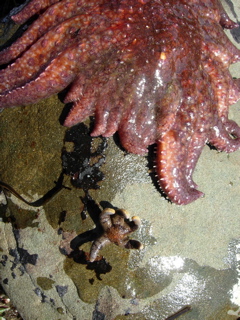
This is a small sunflower star but it is still much larger than the mottled brooder (Henricia n. sp.) below it.
| 
Mopalia lignosa
| 
Stenoplax heathiana with two much smaller chitons, Leptochiton rugatus, and small comensal snails associated with Stenoplax spp., probably either commensal snails, Teinostoma invallata or Vitrinella oldroydi
|
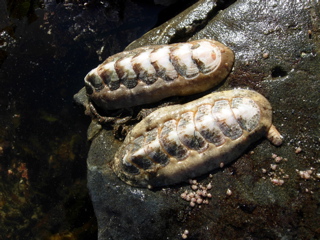
Image Caption
| 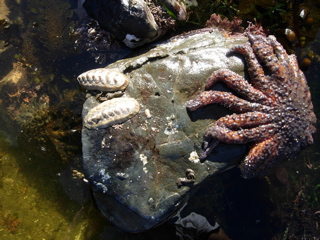
A somewhat larger sunflower star
| 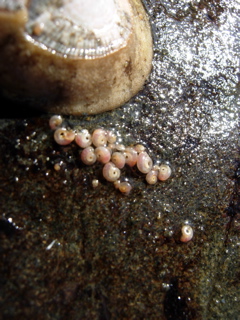
Image Caption
|
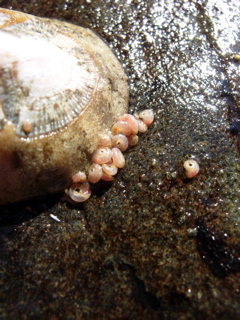
Image Caption
| 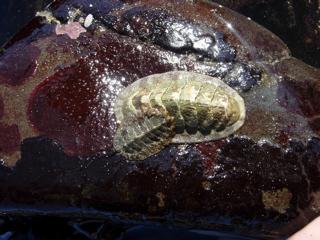
Image Caption
| 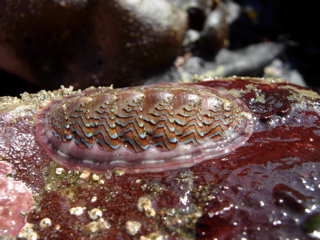
Tonicella lokii |
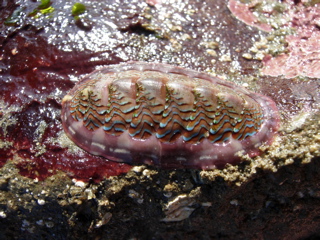
Image Caption
| 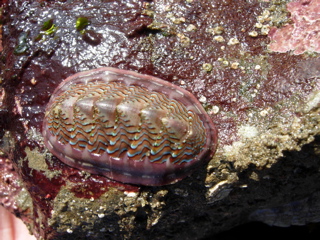
Image Caption
| 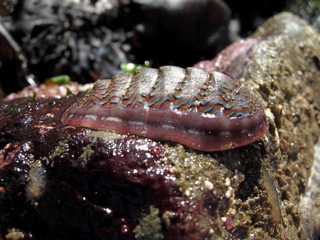
Image Caption
|
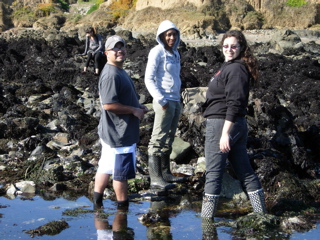
Albert (L) and Melissa (R) are former Bio 317 students who joined us, along with six other graduate students in their lab at CSULA.
| 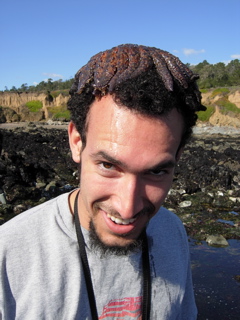
Dustin
| 
Ivan
|
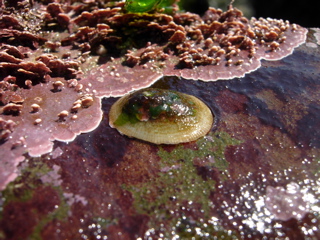
Formerly Lottia ochracea, now regarded as the rock form of the saddle limpet, Lottia instabilis, which is otherwise found on the stipe of Laminaria or Pterygophora.
| 
Acmaea mitra (duncecap limpet) is a specialist grazer on coralline algae.
| 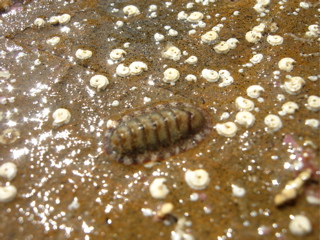
Still unidentified
|
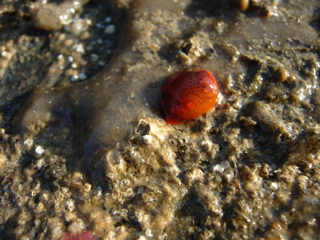
Image Caption
| 
Image Caption
| 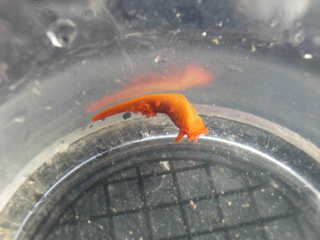
Triopha
|

Drift Pterygophora holdfast
| 
Lottia pelta
| 
Image Caption
|
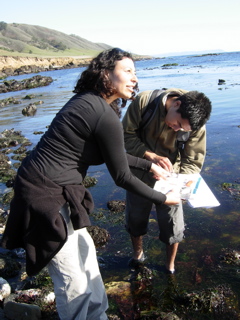
Candice and Oscar
| 
Image Caption
| 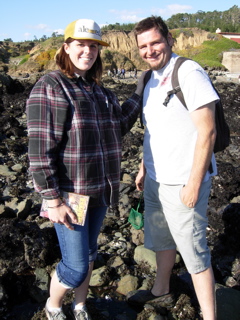
Audrey and Nick
|
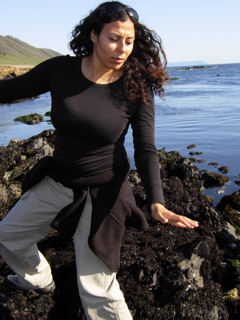
Image Caption
| 
Image Caption
| 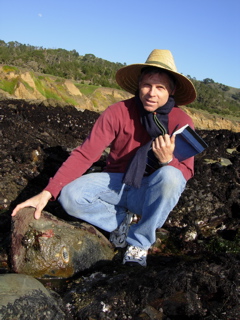
John
|

Image Caption
| 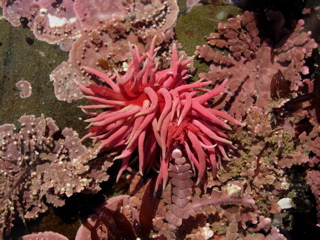
Okenia rosacea (formerly Hopkinsia rosacea) or Hopkins rose
| 
Hopkins rose surrounded by coralline algae and a brown turban snail (Chlorostoma brunnea; formerly Tegula brunnea) |
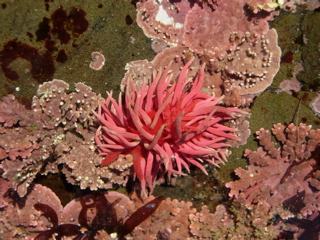
Image Caption
| 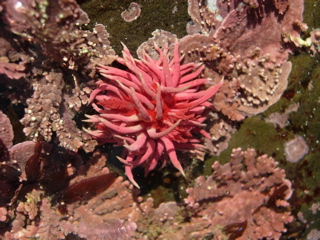
Image Caption
| 
Leptochiton rugatus (redfoot chiton) in its typical "angel" posture related to its respiratory currents
|
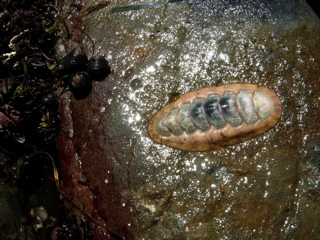
Stenoplax heathiana
| 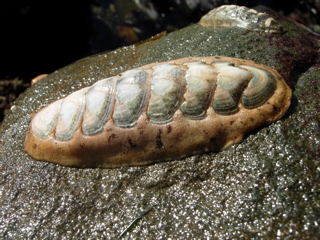
S. heathiana
| 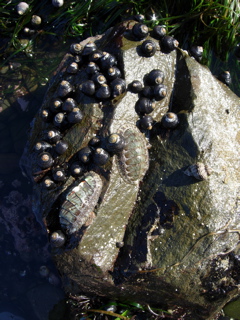
Image Caption
|
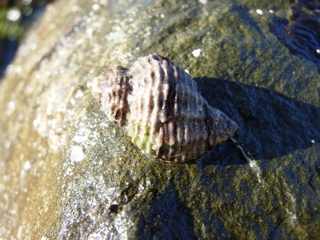
Image Caption
| 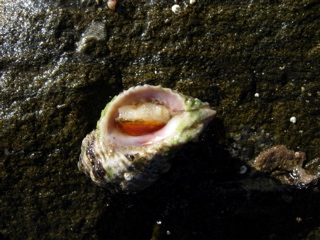
Image Caption
| 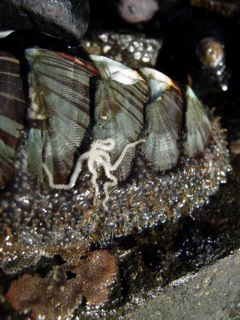
Image Caption
|

Mopalia lignosa
| 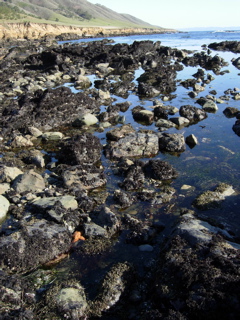
Image Caption
| 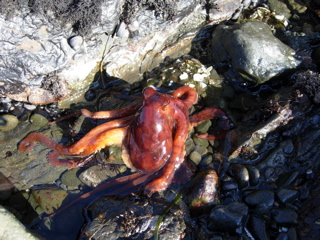
Octopus rubescens (red octopus) was spotted moving rapidly across the intertidal. - Movies: 1- 2 |

Image Caption
| 
Image Caption
| 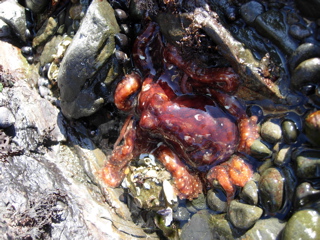
Image Caption
|
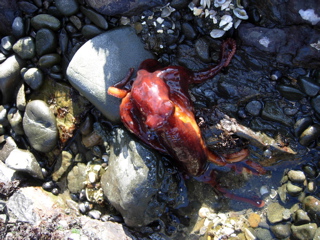
Image Caption
| 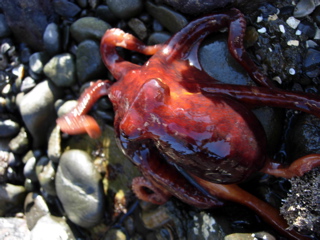
Image Caption
| 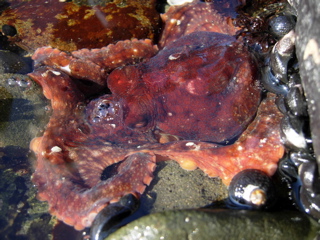
Image Caption
|
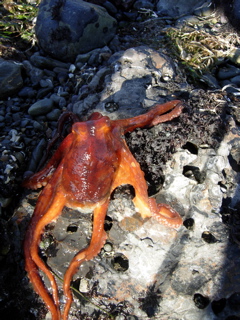
Image Caption
| 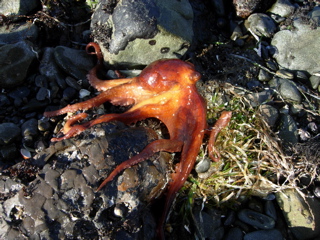
Image Caption
| 
Image Caption
|
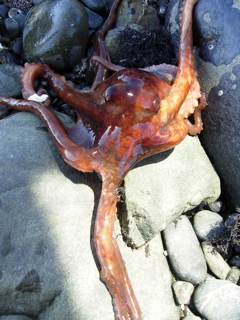
Image Caption
| 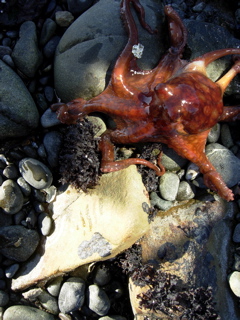
Image Caption
| 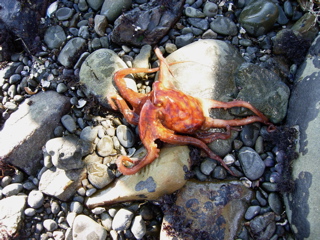
Image Caption
|
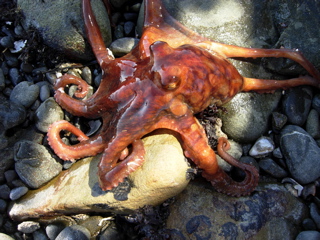
Image Caption
| 
Image Caption
| 
Image Caption
|
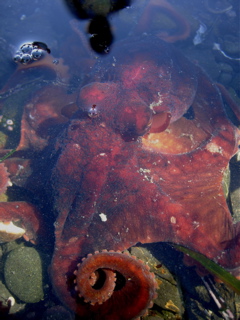
Image Caption
| 
Red
| 
Bertha
|
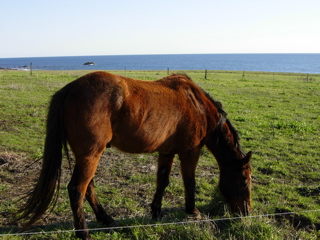
Trouble
| 
Packing up
| 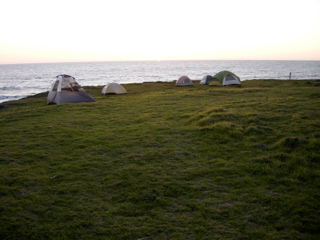
Some of us stayed two nights
|
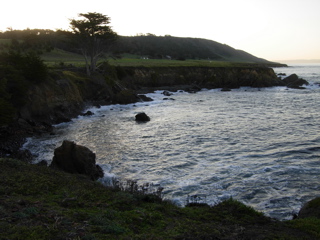
Image Caption
| 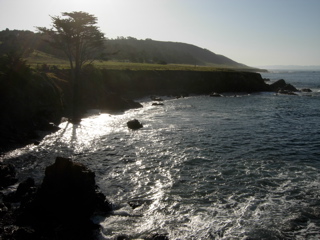
Image Caption
| 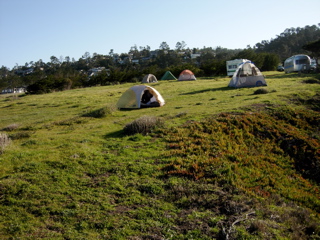
Image Caption
|

We stopped at Mussel Shoals near Ventura on our way home.
| 
Image Caption
| 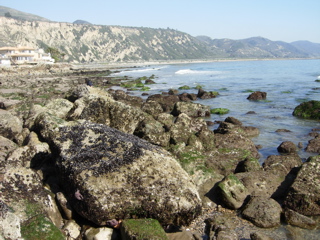
Image Caption
|
 Under Construction!
Under Construction! Under Construction!
Under Construction!